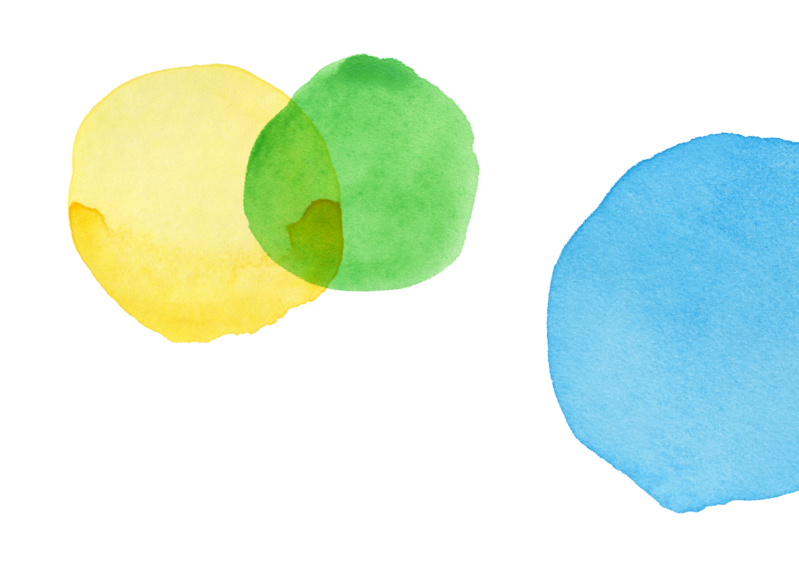Grade 3 - Claim 1 - Target K

 Back to Results
Back to ResultsClaim 1
Concepts and Procedures
Standards
G-1
Understand that shapes in different categories (e.g., rhombuses, rectangles, and others) may share attributes (e.g., having...
G-2
Partition shapes into parts with equal areas. Express the area of each part as a unit...
Clarifications
These tasks should support Grade 3 fraction and area work. Technology-enhanced tasks could involve partitioning a shape into parts with equal areas; more traditional tasks could involve expressing the area of each part as...
Range Achievement Level Descriptors
Evidence Required
1
The student identifies, draws, and classifies shapes (e.g., rhombuses, rectangles, and others) according to their attributes...
2
The student partitions shapes into parts with equal areas and can express the area of each...
Item Guidelines

Depth of Knowledge
M-DOK1
Recall includes the recall of information such as fact, definition, term, or a simple procedure, as well as performing a simple algorithm or applying a formula. That is, in mathematics a one-step, well-defined, and straight algorithmic procedure should be...
M-DOK2
Skill/Concept includes the engagement of some mental processing beyond a habitual response. A Level 2 assessment item requires students to make some decisions as to how to approach the problem or activity, whereas Level 1 requires students to demonstrate a...
Allowable Item Types
- Matching Tables
- Hot Spot
- Drag and Drop
- Graphing
- Equation/Numeric
Allowable Stimulus Materials
visual models of quadrilaterals and other shapes
Key/Construct Relevant Vocabulary
divide, equal areas, rhombus, rectangle, square, circle, triangle, pentagon, hexagon, quadrilateral, parallelogram
Allowable Tools
None
Target-Specific Attributes
Images of shapes may include two-dimensional shapes such as triangles, quadrilaterals, pentagons, hexagons, squares, rectangles, rhombuses, parallelograms, trapezoids, and circles. Shapes may be partitioned into parts with equal areas in shapes such as rectangles, squares,...
Accessibility
Item writers should consider the following Language and Visual Element/Design guidelines [1] when developing items. Language Key Considerations: Use simple, clear, and easy-to-understand language needed to assess the construct or aid in the understanding of the...
Development Notes
None


Task Models
Task Model 1a

Item Types
Matching TablesDepth of Knowledge
M-DOK1Standards
G-1
Target Evidence Statement
The student identifies, draws, and classifies shapes (e.g., rhombuses, rectangles, and others) according to their attributes (e.g., having four sides), and recognizes that shared attributes can define a classification category.
Allowable Tools
None
Task Description
Prompt Features: The student is prompted to select a shape that displays the given attributes. Stimulus Guidelines: Item difficulty can be adjusted via these example methods: Recognizes rhombuses, rectangles, and squares. Recognizes shapes that are quadrilaterals and shapes...
Stimulus
The student is presented with a description of a shape which may include:
- the name of the shape (e.g., quadrilateral, parallelogram)
- the attributes of the shape (e.g., 4 sides)
Example 1
Example Stem: Decide if each shape is a quadrilateral. Select Yes or No for each shape.
| Yes | No | |
|---|---|---|
 |
||
 |
||
 |
Rubric: (1 point) The student correctly identifies each shape as Yes or No (e.g., N, Y, Y).

